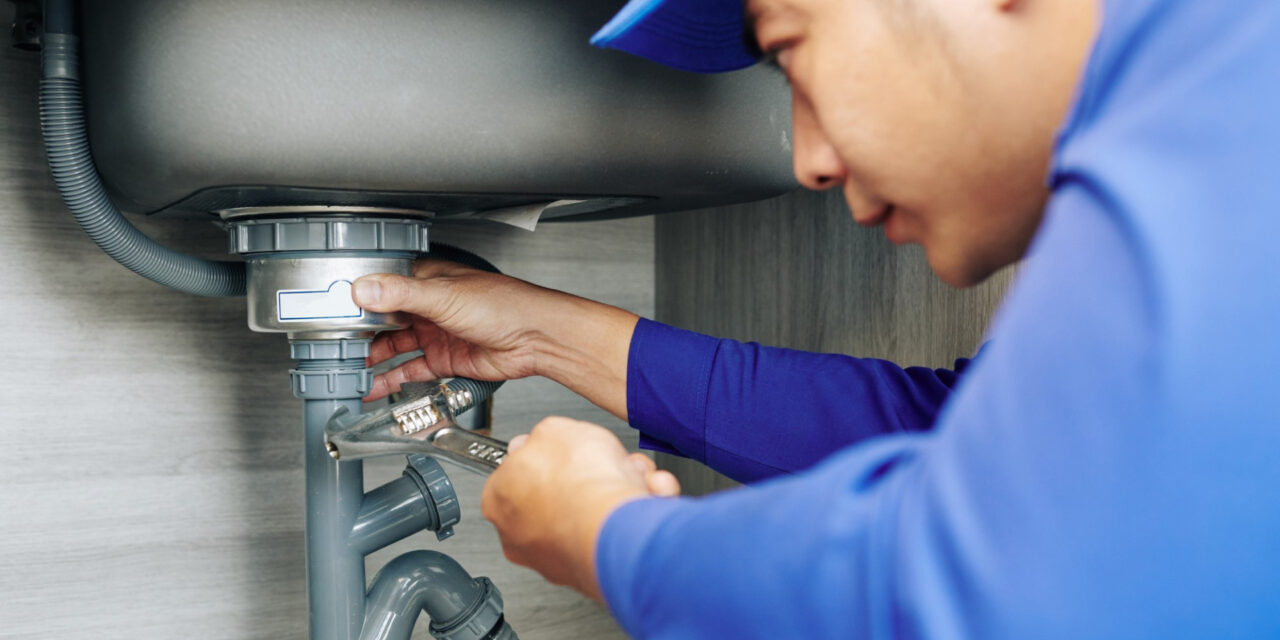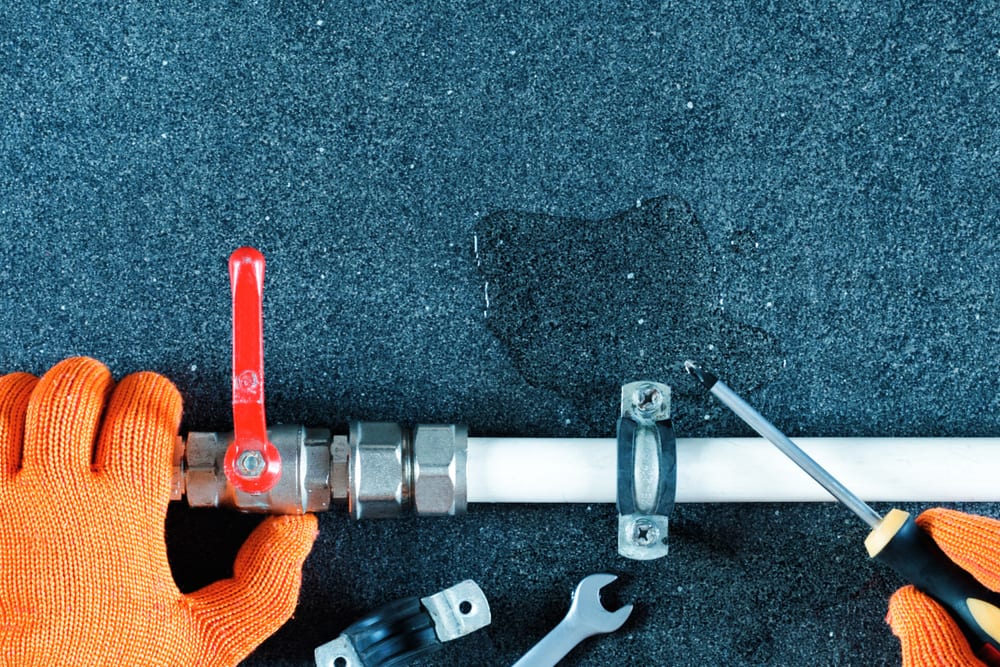Just how to Discover and Repair Water Leaks-- A Comprehensive Overview
Just how to Discover and Repair Water Leaks-- A Comprehensive Overview
Blog Article
How do you actually feel in relation to Hacks to detect leaks?

Early discovery of dripping water lines can reduce a potential calamity. Apart from saving you cash, it will certainly reduce the stress and irritation. The moment you discover a leakage, calling your plumber for repairs is the best remedy. However, some tiny water leakages might not show up. Right here are some hacks that help if you can not spot it with your nude eyes.
1. Examine the Water Meter
Examining it is a surefire method that helps you find leakages. If it moves, that suggests a fast-moving leakage. This implies you might have a slow leak that might also be underground.
2. Check Water Usage
If you identify abrupt adjustments, despite your consumption being the same, it implies that you have leaks in your plumbing system. An unexpected spike in your expense shows a fast-moving leakage.
Meanwhile, a stable boost each month, despite having the very same behaviors, reveals you have a slow-moving leakage that's likewise gradually intensifying. Call a plumber to completely inspect your home, particularly if you feel a warm area on your floor with piping underneath.
3. Do a Food Coloring Examination
When it comes to water consumption, 30% comes from commodes. If the color somehow infiltrates your bowl throughout that time without flushing, there's a leakage between the tank and bowl.
4. Asses Outside Lines
Do not neglect to examine your outside water lines as well. Examination faucets by attaching a yard tube. Needs to water permeate out of the link, you have a loosened rubber gasket. Change this as well as make sure all connections are tight. It will aid obtain it properly analyzed and also kept annually if you've got a lawn sprinkler system. One little leak can throw away tons of water and also spike your water costs.
5. Check and also Evaluate the Scenario
House owners should make it a routine to examine under the sink counters and even inside closets for any bad odor or mold development. These 2 red flags indicate a leakage so punctual attention is required. Doing routine examinations, even bi-annually, can save you from a major issue.
If you understand your house is currently old, maintain a careful eye on your heating systems, hoses, pipes etc. Check for discolorations as well as damaging as most pipes and appliances have a life expectancy. They will also naturally deteriorate due to deterioration. Do not wait for it to rise if you believe dripping water lines in your plumbing system. Call a specialist plumber right away so you do not wind up with a dreadful mess in your house.
Early detection of dripping water lines can minimize a prospective catastrophe. Some tiny water leakages might not be noticeable. Inspecting it is a surefire means that assists you find leaks. One little leakage can squander loads of water and increase your water expense.
If you think dripping water lines in your plumbing system, do not wait for it to escalate.
WARNING SIGNS OF WATER LEAKAGE BEHIND THE WALL
PERSISTENT MUSTY ODORS
As water slowly drips from a leaky pipe inside the wall, flooring and sheetrock stay damp and develop an odor similar to wet cardboard. It generates a musty smell that can help you find hidden leaks.
MOLD IN UNUSUAL AREAS
Mold usually grows in wet areas like kitchens, baths and laundry rooms. If you spot the stuff on walls or baseboards in other rooms of the house, it’s a good indicator of undetected water leaks.
STAINS THAT GROW
When mold thrives around a leaky pipe, it sometimes takes hold on the inside surface of the affected wall. A growing stain on otherwise clean sheetrock is often your sign of a hidden plumbing problem.
PEELING OR BUBBLING WALLPAPER / PAINT
This clue is easy to miss in rooms that don’t get much use. When you see wallpaper separating along seams or paint bubbling or flaking off the wall, blame sheetrock that stays wet because of an undetected leak.
BUCKLED CEILINGS AND STAINED FLOORS
If ceilings or floors in bathrooms, kitchens or laundry areas develop structural problems, don’t rule out constant damp inside the walls. Wet sheetrock can affect adjacent framing, flooring and ceilings.
https://www.servicemasterbyzaba.com/blog/how-to-detect-water-leakage-in-walls/

I'm just very intrigued by Hacks to detect leaks and I hope you enjoyed reading the piece. Remember to take a moment to distribute this article if you enjoyed reading it. Thanks for going through it.
Report this page